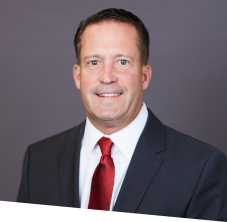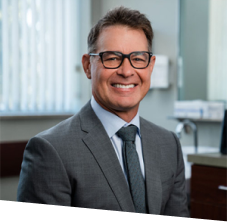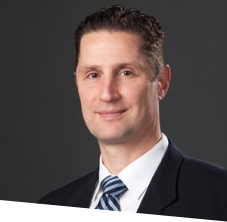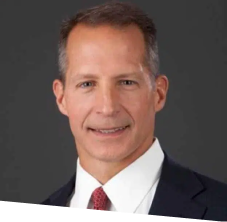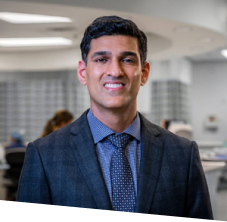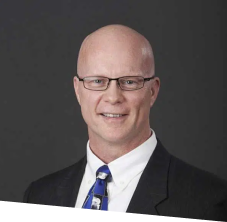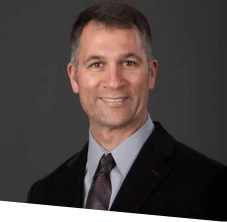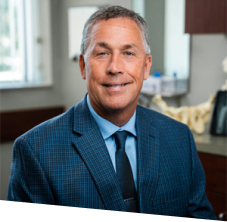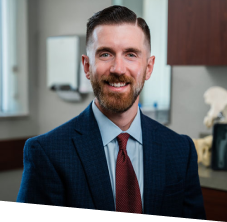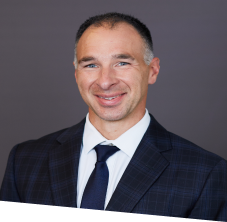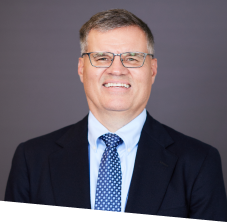Most Trusted Shoulder Specialists in the Region



Offering State-of-the-Art Non-Surgical, Surgical & Rehabilitation Treatments
The shoulder is a complex, mobile joint used in almost all activities of daily living. The shoulder aids in getting your hand into position for tasks such as lifting, typing, and performing self-care. The inherent mobility of the shoulder joint makes it susceptible to injuries such as dislocation and tendon injuries.
If you are experiencing pain in your shoulder, schedule an appointment with one of our OrthoAlliance shoulder specialists today. We have offices conveniently located throughout Central Ohio. Our shoulder specialists look forward to answering any questions you may have.
What They Say About Us
Wow! A doctor who actually listens well to the patient and cares! I won’t go to any other ortho!!!
Patient
I was greeted with respect and kindness from registration, to radiology and the Dr, he was very insightful and kind and I felt very comfortable. Great place I would recommend to others.
Patient
Very efficient office, friendly staff and highly skilled physicians, physician assistants and nurse practitioner.
Patient
About the Shoulder
The shoulder provides more flexibility than any other part of the body. The three bones of the shoulder are the humerus (upper arm bone), scapula (shoulder blade), and clavicle (collar bone).
The top portion of the scapula, the acromion, attaches to the clavicle, or collar bone. The end of the scapula, called the glenoid, holds the ball-like head of the humerus in place and acts as a flexible ball-and-socket joint.
The labrum, a cup-shaped rim of cartilage, lines and reinforces the socket of the joint. Four muscles originate on the scapula and pass around the shoulder to form the rotator cuff.
Common Problems
Rotator Cuff Tears
The rotator cuff is a group of muscles and tendons surrounding the shoulder joint. They help keep the head of the upper arm bone in its proper place.
There are three types of rotator cuff injuries. The list below explains each type of rotator cuff injury.
- Rotator cuff tears: Tears in the rotator cuff tendons become more likely as we age, especially as we get over the age of 45.
- Rotator cuff tendonitis: Tendonitis refers to inflammation and pain in the tendons. Rotator cuff tendonitis can occur as an overuse injury.
- Shoulder impingement syndrome: Your rotator cuff tendon passes through a small space below the acromion. Normally it will glide through smoothly with no obstruction. However, the outer edge of your shoulder blade may push into this space, causing friction on the tendons close to the rotator cuff muscles. to the rotator cuff muscles.
Shoulder Dislocation
There are several ways in which the shoulder can dislocate:
- Forward and downward dislocation (Anterior). This type of dislocation is the most common, often resulting from a fall on your outstretched hand or on your shoulder itself.
- Backward dislocation (Posterior). This may be caused by a direct blow to the front of the shoulder, or a violent twisting of your upper arm.
We find that sports injuries are the leading cause of shoulder dislocation. This is most commonly seen in young athletes.
Additionally, there are two types of shoulder dislocation: a partial dislocation (subluxation) and a complete dislocation- both of which result in pain and unsteadiness in the shoulder.
Symptoms of a dislocated shoulder include:
- Extreme pain and/or weakness
- Swelling
- Numbness, tingling in the arm, hand, or fingers
- Bruising/Redness
- Muscle spasms
- Shoulder visibly out of place
Frozen Shoulder Syndrome
This condition commonly affects people between the ages of 40-60 and occurs more often in women than men.
Some research has shown that underlying conditions such as diabetes, hypothyroidism, and hyperthyroidism are at a higher risk to develop this condition as well.
If you have frozen shoulder syndrome the common symptoms can include:
- Severe shoulder pain
- Reduced mobility of the shoulder in a capsular pattern with the loss in motion being the greatest with external rotation followed by abduction (raising arm to the side) and then flexion (forward motion)
- Pain in the shoulder that lasts for days or weeks and then resolves
Shoulder Arthritis
The shoulder is what is known as a “ball and socket” joint and osteoarthritis in the shoulder can cause the ball and socket to grind together and damage the joint.
If you have osteoarthritis of the shoulder the common symptoms can include:
- Pain
- Swelling after activity
- Stiffness when lifting your arm above your head
- Tenderness
- Decreased range of motion in the shoulder
Symptoms may range from very mild to severe but treating shoulder arthritis in its early stages can prevent pain and symptoms from getting worse.
SLAP Lesion
A Superior Labrum Anterior to Posterior tear, or a SLAP lesion, is an injury of the shoulder involving the labrum. The labrum is a cup-shaped rim of cartilage which helps to deepen the “socket” of the shoulder joint. This type of shoulder labral tear occurs at the top (superior) of the glenoid labrum where it connects to the biceps tendon, and it extends in a curve from the front (“anterior”) of the shoulder to the back (“posterior”. LAP lesions are typically caused by acute trauma such as a sports injury or repetitive shoulder motion.
OrthoAlliance Shoulder Specialists
* Performs Total Shoulder Replacement Surgery
Orthopedic Specialists and Sports Medicine
Orthopedic Surgeon
JIS Orthopedics
Orthopedic Shoulder, Hand, Wrist & Elbow Surgeon
Orthopaedic Associates of Zanesville
Orthopedic Surgeon
Orthopaedic Associates of Zanesville
Orthopedic Surgeon
Orthopedic Specialists and Sports Medicine
Orthopedic Surgeon
Orthopedic Specialists and Sports Medicine
Orthopedic Surgeon
Our Partner Locations
OrthoAlliance is a network of top orthopedic practices with expert clinicians and best-in-class orthopedic care. Together, our focus is on providing each patient with compassionate, patient-centered, and exceptional comprehensive care.
With OrthoAlliance, you’re connected to our integrated orthopedic network with comprehensive, efficient, and patient-centric care. That includes Central Ohio-area practices with more than 50 orthopedic and musculoskeletal specialists as well as 70+ physicians in more than a dozen orthopedic practices across Ohio, Kentucky, and Indiana.

